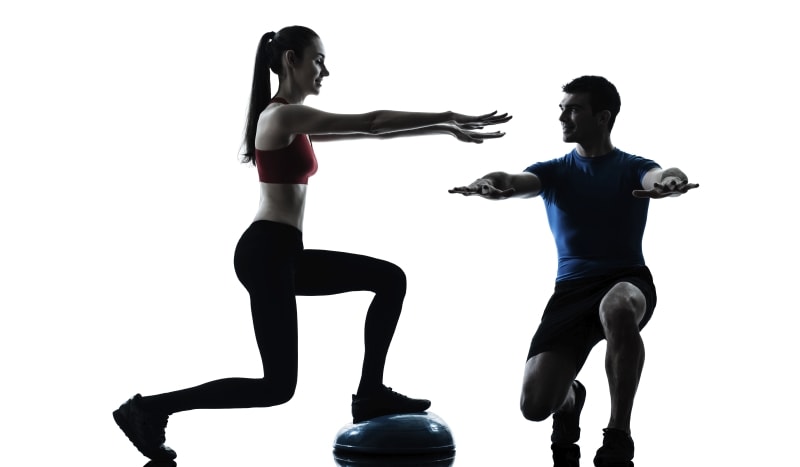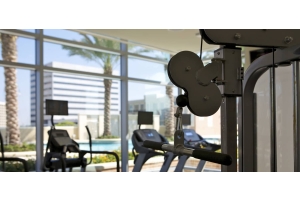How to Achieve Great Posture

Posture is the position in which you hold your body while standing, sitting or lying down. Optimal posture occurs when our body is in a state of muscular and skeletal balance that protects the body against injury and allows us to move with maximum efficiency.
Achieving optimal posture involves standing, walking, sitting and lying in positions where the least strain is incurred during movement or weight-bearing activities.
The Benefits of Good Posture
Maintaining and achieving good posture confers a host of benefits:
- Muscles are being used efficiently, reducing fatigue
- With bones and joints in the correct alignment, wear on joint surfaces is decreased
- There is less stress on the spine, reducing backache and muscular pain
- The spine does not become fixed in abnormal positions
- Strain or overuse problems are reduced or eliminated
- Improved physical appearance
How Do I Achieve Good Posture?
In order to be able to achieve and maintain good posture you need to have :
- Normal range of joint motion
- Good muscle flexibility
- Strong postural muscles
- Balanced muscles on both sides of the spine
- Postural awareness
What's The Issue with Poor Posture?
Poor posture increases stress on the joints leading to joint wear and damage and changes to the surrounding tissues. Our modern lifestyle is a major contributor to bad posture, with many people spending hours in unnatural and stressful positions, such as sitting at a computer terminal or in a car.
Other causes of bad posture include:
- Obesity
- Pregnancy
- Poor sitting and standing habits
- Muscular weakness or imbalance
- Reduced flexibility
- Poor work environment
- High-heeled shoes
- Normal developmental and degenerative processes
- Pain which leads to muscle guarding or avoidance postures
- Psychological factors, in particular low self-esteem
How Can We 'Reprogram' Our System?
Correcting poor posture requires that we reprogram our nervous system.
The first stage of this is becoming conscious of our current "bad" patterns (postural awareness) and resolving to change them to more efficient ones.
The steps to good posture are:
- Becoming aware of your body position at all times
- Learning correct posture for standing, sitting or lying down and all lifting and carrying
- Altering your habits, positions or environment to provide a safe and efficient work area
- Taking appropriate action (e.g. an exercise program) to increase muscle strength, balance, and flexibility
Which Exercises Help to Improve Your Posture?
For those suffering from these symptoms, there are a number of different forms of exercise that can help. Options include Pilates, yoga, and a general strength and flexibility program. The first step is to talk to a personal trainer – they will conduct a thorough assessment of your current state of physical health, and then recommend an appropriate program.
Those with acute pain or postural deformity should of course consult their doctor first.





